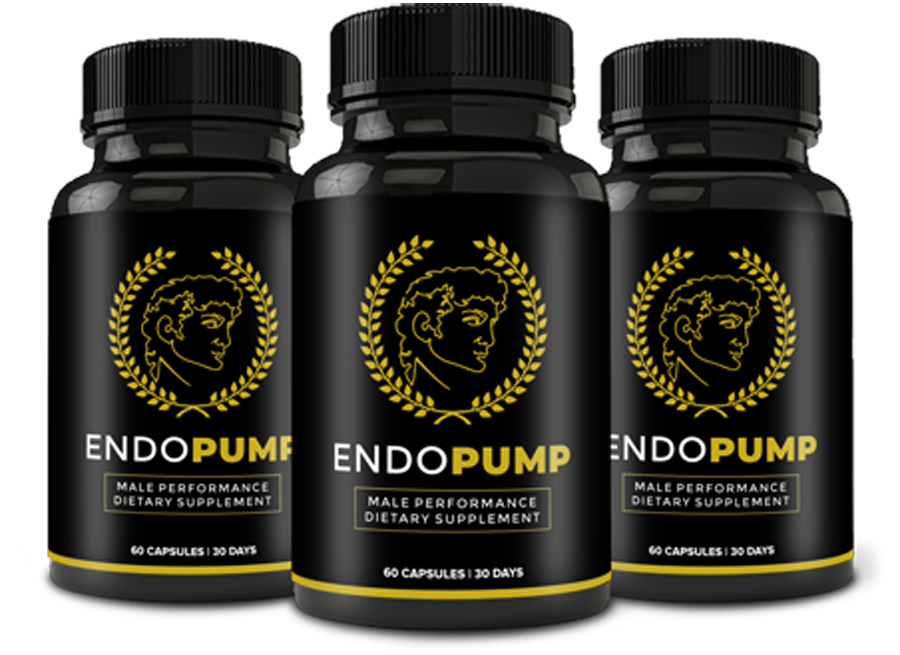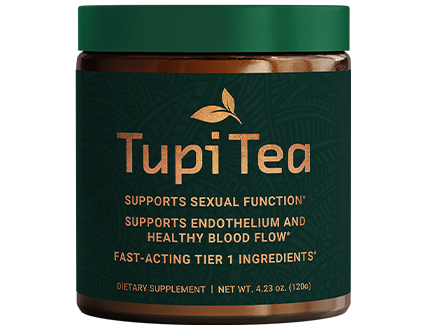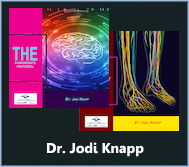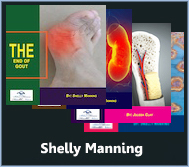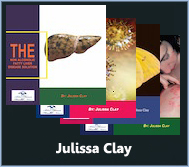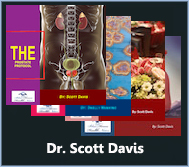Erectile dysfunction (ED) is a common disorder among older individuals, and its management is usually with drugs. As age advances, comorbid conditions and physiological factors contribute to ED. Drugs play a significant role in the management of the condition by improving erectile function and the quality of life. Below is a general overview of drug management of ED in older individuals:
1. Phosphodiesterase Type 5 Inhibitors (PDE5 Inhibitors)
PDE5 inhibitors are the most common drugs for ED. They make the muscles relax surrounding the blood vessels in the penis, allowing more blood to flow to the region, resulting in an erection. The most commonly known PDE5 inhibitors are:
Sildenafil (Viagra): The first FDA-approved medication for ED, typically effective within 30-60 minutes and lasting 4-5 hours.
Tadalafil (Cialis): Extends its effect to a duration of up to 36 hours, which provides more spontaneity of sexual activity.
Vardenafil (Levitra): Practically the same as sildenafil but can be taken with food and has the same duration of action.
Avanafil (Stendra): Newer PDE5 inhibitor, which is famous for the rapid onset of action (15-30 minutes).
Advantages in Older Adults
These medications can safely enhance erectile function in most older men, especially those with no more than mild comorbid medical conditions.
PDE5 inhibitors are well tolerated and have mild, transient side effects like headache or dizziness.
They can lead to dramatic quality-of-life enhancement, with emotional satisfaction and relationship intimacy.
Issues for Older Adults:
Health Status: Older patients will be prone to comorbidities like diabetes, high blood pressure, or coronary disease, which can influence the safety or effectiveness of PDE5 inhibitors. For example, people using medications like nitrates (used for chest pain) cannot use PDE5 inhibitors because there is a risk of precipitous drops in blood pressure.
Kidney and Liver Function: Reduced kidney or liver function in older individuals may require a change in dose to avoid the drug accumulating within the body and causing side effects.
Side Effects: Common side effects like dizziness, blurring of vision, or indigestion might be more pronounced in older people, especially if they are taking more than one medication.
2. Testosterone Replacement Therapy (TRT)
Some elderly men have ED due to low testosterone levels (hypogonadism). Testosterone influences sexual function, and the natural decline in testosterone that occurs with age can produce symptoms of ED. TRT may be considered in those with low testosterone whose diagnosis has been confirmed by laboratory testing.
Forms of TRT include injections, patches, gels, or pellets.
Benefits: TRT may increase libido, improve erectile function, and improve overall health, particularly in men with low testosterone levels due to age or other conditions.
Considerations: TRT is generally recommended only if blood tests confirm low levels of testosterone. It should not be administered to men with certain diseases, including prostate cancer, as it will trigger growth of prostate tissue.
3. Alprostadil (Caverject, Edex)
Alprostadil is a prostaglandin option if oral therapy with drugs like PDE5 inhibitors is not effective or is not appropriate. Alprostadil can be administered by direct injection into the penis or via urethral suppository.
Injections: Injected under the name alprostadil, it can induce an erection in 5-20 minutes and then for an hour.
Urethral Suppository: Alprostadil may also be administered as a tiny pellet inserted into the urethra, where it is absorbed and induces an erection.
Advantages:
Effective for men who are not responsive to oral medications.
An assured substitute when PDE5 inhibitors are not suitable or fail.
Considerations:
The injection is difficult to use for certain men and is painful, may cause bruising or fibrosis at the site of injection,
and may not work very well.
The urethral suppository is irritating or painful, and the drug’s effect is unpredictable.
4. Vacuum Erection Devices (VED)
Vacuum erection devices are a drug-free therapy but may at times be combined with drugs. The device provides suction around the penis, which causes blood to enter the penis and lead to erection. A ring that is constrictive is then placed at the base of the penis to assist in maintaining the penis erect.
Strengths:
No systemic side effects like those involving oral drugs.
Non-invasive and could be an effective option for men with contraindications to medication (e.g., men with cardiovascular disease).
Considerations:
The device can be cumbersome or unpleasant for some men, and it will bruise or numb the penis temporarily if used incorrectly.
While VEDs are usually used in combination with other therapy, they could be a more convenient option for older men who would rather use drug-free treatments.
5. Psychological Counseling and Therapy
While not a medication, psychological counseling can be a useful adjunct to ED therapy, especially if there is a psychological or emotional component to the disorder. Older men may experience anxiety, depression, or relationship problems that disrupt sexual function, and they will have more success with treatment if these conditions are managed.
Therapies: Cognitive-behavioral therapy (CBT), couples therapy, or sex therapy can help with communication and resolution of deep-seated psychological issues that impair erectile function.
6. Combination Therapies
In some cases, more than one drug or treatment may be used to address complex ED. For example, the combination of PDE5 inhibitors with changes in lifestyle (diet, physical exercise), mental counseling, or other types of medical treatment like TRT has been found effective.
Lifestyle Changes: Reduction in weight, healthy dieting, and a regular exercise program enhance the drug’s effectiveness as well as the treatment of certain medical conditions leading to ED.
Multi-Modal Therapy: Combining various therapies, i.e., PDE5 inhibitors with therapy or TRT and a vacuum device, can be tailored to the patient’s requirements.
7. Emerging Therapy
There are new therapies being researched into for ED at all times, and there are promising futures for gene therapy, shockwave therapy, and stem cell treatment. But at present, these therapies are experimental in nature and not available to elderly individuals on a large scale.
Conclusion
Medications are the backbone of treatment for erectile dysfunction in elderly men, and PDE5 inhibitors are the treatment of first choice. Testosterone replacement therapy (TRT) could be helpful for patients with low levels of testosterone as well. Alprostadil injections, vacuum erection devices (VEDs), and psychotherapy are some of the other options available depending on the needs. Elderly men should visit their physician to determine the best treatment based on their individual conditions as well as concomitant illnesses and drug interactions.
If you are considering ED treatments for elderly or require more information about any given drug or treatment, do not hesitate to ask!
Sexual health in older people is a significant part of overall health, but it tends to become more complicated as one gets older. Erectile dysfunction (ED) is a prevalent condition in older men, but it does not have to dictate their sexual health. Treating ED in older people requires knowledge of both the physical and psychological dimensions of sexual health, as well as suitable treatment.
Here is a closer look at sexual health in older men with ED:
1. The Impact of ED on Sexual Health and Relationships
Emotional and Psychological Effects: ED may affect body image, emotional well-being, and self-esteem. In older men, it may also interfere with relationships and intimacy. It may cause depression, anxiety, stress, or feelings of inadequacy if the individual had a previous satisfying sexual life. Emotional support in the form of communication with the partner is essential, and therapy for ED will enhance confidence and emotional intimacy.
Strain in Relationship: In long-standing relationships, ED can cause misunderstandings, frustration, and even physical distance. Treatment options, conversation, and emotional encouragement can help enhance the physical and emotional issues associated with intimacy, and couples can continue to enjoy a fulfilling sexual relationship.
2. Etiology of ED in Older Adults
With aging, the likelihood of acquiring conditions that lead to ED is higher. Some of the most common causes are:
Cardiovascular Health: Hypertension, atherosclerosis, or diabetes may reduce penile blood flow, making an erection more difficult to achieve or maintain.
Hormonal Changes: Low levels of testosterone can lower libido and erectile dysfunction. It’s most common among older men, and testosterone deficiency could be the reason behind sexual health issues.
Medications: Older persons tend to be on medications for various health conditions, and certain drugs (e.g., those used for hypertension, depression, or anxiety) can cause ED as a side effect.
Psychological Factors: Stress, depression, or anxiety can cause ED. Psychological well-being plays a significant role in sexual function, and the resolution of mental illness is critical for improving sexual function.
Age-Related Changes: As a man grows older, there is reduction in testosterone, blood flow, and overall sexual response. These changes, among other factors, can lead to inability to get and maintain an erection.
3. Management of ED in Older Men
There are several treatments one can utilize to treat ED in older men. The treatments must be tailored based on the etiology of ED, overall health, and preferences.
PDE5 Inhibitors (Sildenafil, Tadalafil, Vardenafil, Avanafil): These medicines enhance blood flow to the penis by inhibiting the enzyme phosphodiesterase type 5 (PDE5). They are effective for the majority of men with ED and are often the initial treatment for older men.
Benefits: Convenient and easy to use; effective for the majority of men.
Considerations: Side effects may be headache, dizziness, or upset stomach. Men with certain types of cardiac problems (most especially those on nitrates) should not be given PDE5 inhibitors.
Testosterone Replacement Therapy (TRT): TRT will revive the testosterone level and sexual functioning if a low testosterone diagnosis is made to be the etiology of the ED. It is given by injection, gel, or patch.
Benefits: The levels of testosterone are normalized and may improve erectile function and libido.
Considerations: TRT should be employed with care in men with prostate cancer, as testosterone may result in growth of prostate tissue. Safety should be closely monitored.
Alprostadil (Caverject, Edex): In men who are refractory to oral therapy, alprostadil may be injected intrapenile or intraurethral. It induces an erection through stimulation of blood flow.
Advantages: Suitable for men who are not responsive to PDE5 inhibitors.
Considerations: Injections or urethral suppositories are not pleasant or convenient to use for certain men.
Vacuum Erection Devices (VEDs): VEDs are non-surgical devices that create a vacuum seal around the penis to draw in blood to produce an erection. A constriction ring is then placed at the base of the penis to maintain the erection.
Benefits: No medication required; effective for most men.
Considerations: The device is by some men found to be cumbersome or uncomfortable, and it leaves temporary bruising or numbness.
Penile Implants: For men whose ED is most severe and not helped by other measures, penile implants can be surgically inserted into the penis. These devices are inflatable or malleable and can cause an erection when needed.
Benefits: Provides a definite solution for ED when other methods fail.
Considerations: Requires surgery, and there is always risk with any surgery, such as infection or mechanical failure.
Psychotherapy or Counseling: Since emotional issues like stress, anxiety, or depression can cause ED, therapy or counseling can be an important part of the treatment plan. Sex therapy or couples therapy can help with communication, emotional issues, and relationship patterns that may be affecting sexuality.
4. Lifestyle Changes to Improve ED
In addition to medication, lifestyle modifications may improve erectile function in the older adult:
Routine Exercise: Exercise improves blood flow, cardiovascular fitness, and general health, all of which serve to improve erectile function.
Nutritious Diet: A fruit- and vegetable-based diet supplemented with whole grains and healthy fats can improve vascular health and decrease the risk for conditions that are contributing to ED, such as diabetes or hypertension.
Weight Management: Maintaining a healthy weight can reduce the risk of conditions like obesity, diabetes, and high blood pressure, all of which are linked to ED.
Restricting Alcohol and Smoking: Both alcohol consumption and smoking can have negative impacts on circulation and sexual function. Reducing or eliminating these habits can improve ED symptoms.
5. Psychological and Emotional Support
Communication: Communication with a partner should be open and honest in order to maintain intimacy and emotional bonding, especially when faced with ED. Communication of feelings and concerns helps to reduce anxiety and strengthen the relationship.
Mental Health: Depiction of underlying mental illness such as depression or anxiety is critical to improve sexual function. Therapy, mindfulness, or relaxation techniques can provide relief from emotional distress that leads to ED.
6. Role of the Partners in ED Treatment
Understanding Partners: Partners play an important role in facilitating sexual health, particularly when dealing with ED. A sympathetic and understanding partner decreases the emotional burden that ED is bound to generate. Alternative intimacy (touch, kissing, or verbal intimacy) can be utilized by couples to maintain emotional and physical closeness while working on ED together.
Encouragement of Treatment: The partner can also encourage medical treatment and follow-up visits, which would increase the chances of successful treatment of ED.
7. Coping with the Social and Cultural Dimension of ED
Stigma: Aging men may attach a stigma to ED, seeing it as a sign of old age or lack of manhood. It is essential to get rid of such social pressures and ensure that ED is not seen as a condition that can be treated but instead as a natural component of growing older.
Sexuality in Older Life: Most older people still have a wish for sexual closeness, and having an active sexual life is a key aspect of good health and quality of life. Cultural and social attitudes toward sex in later life are changing, and older individuals are now more actively addressing their sexual wellbeing as part of their overall health. Conclusion
Erectile dysfunction in aging men is common, but need not be endured in silence or untreated. Pharmacotherapy, lifestyle change, and psychotherapy can significantly improve sexual function and quality of life for older men. Treatment early, with open discussion with healthcare providers, is necessary to establish the etiology of ED and choose the best treatment. With the right attitude, the majority of older adults can still enjoy fulfilling sexual relationships and improve their overall health and well-being.
If you have further questions about ED treatment options or sexual health in older adults, feel free to ask!
Blue Heron Health News
Back in the spring of 2008, Christian Goodman put together a group of like-minded people – natural researchers who want to help humanity gain optimum health with the help of cures that nature has provided. He gathered people who already know much about natural medicine and setup blueheronhealthnews.com.
Today, Blue Heron Health News provides a variety of remedies for different kinds of illnesses. All of their remedies are natural and safe, so they can be used by anyone regardless of their health condition. Countless articles and eBooks are available on their website from Christian himself and other natural health enthusiasts, such as Shelly Manning Jodi Knapp and Scott Davis.
About Christian Goodman
Christian Goodman is the CEO of Blue Heron Health News. He was born and raised in Iceland, and challenges have always been a part of the way he lived. Combining this passion for challenge and his obsession for natural health research, he has found a lot of solutions to different health problems that are rampant in modern society. He is also naturally into helping humanity, which drives him to educate the public on the benefits and effectiveness of his natural health methods.
